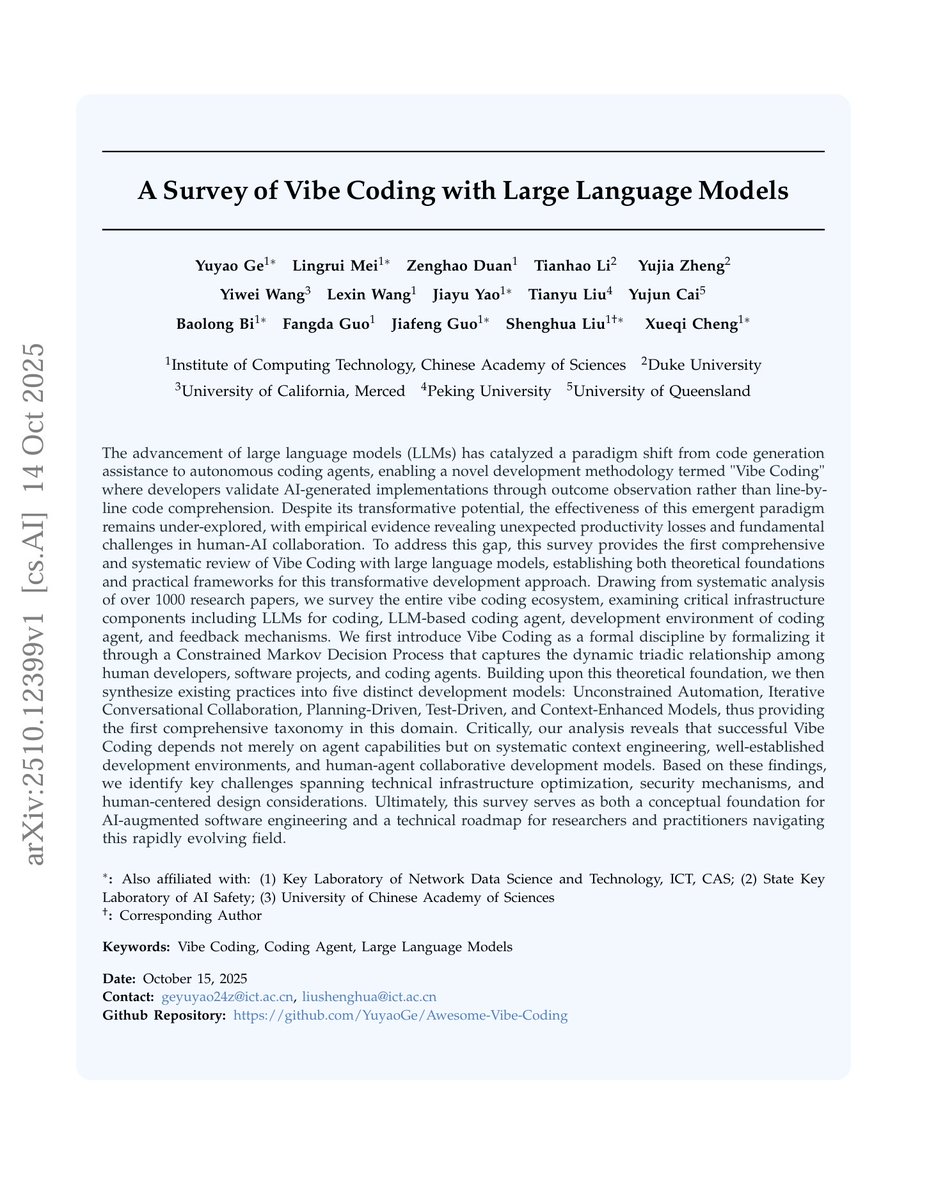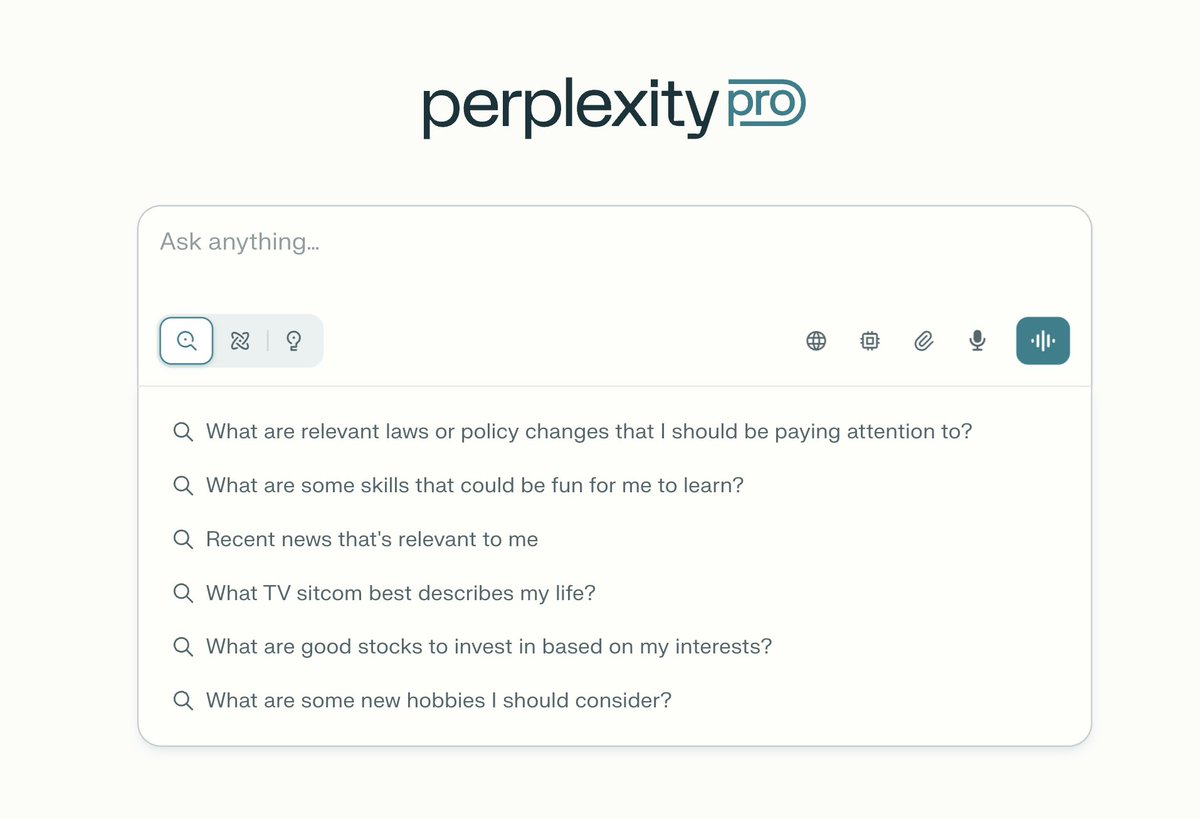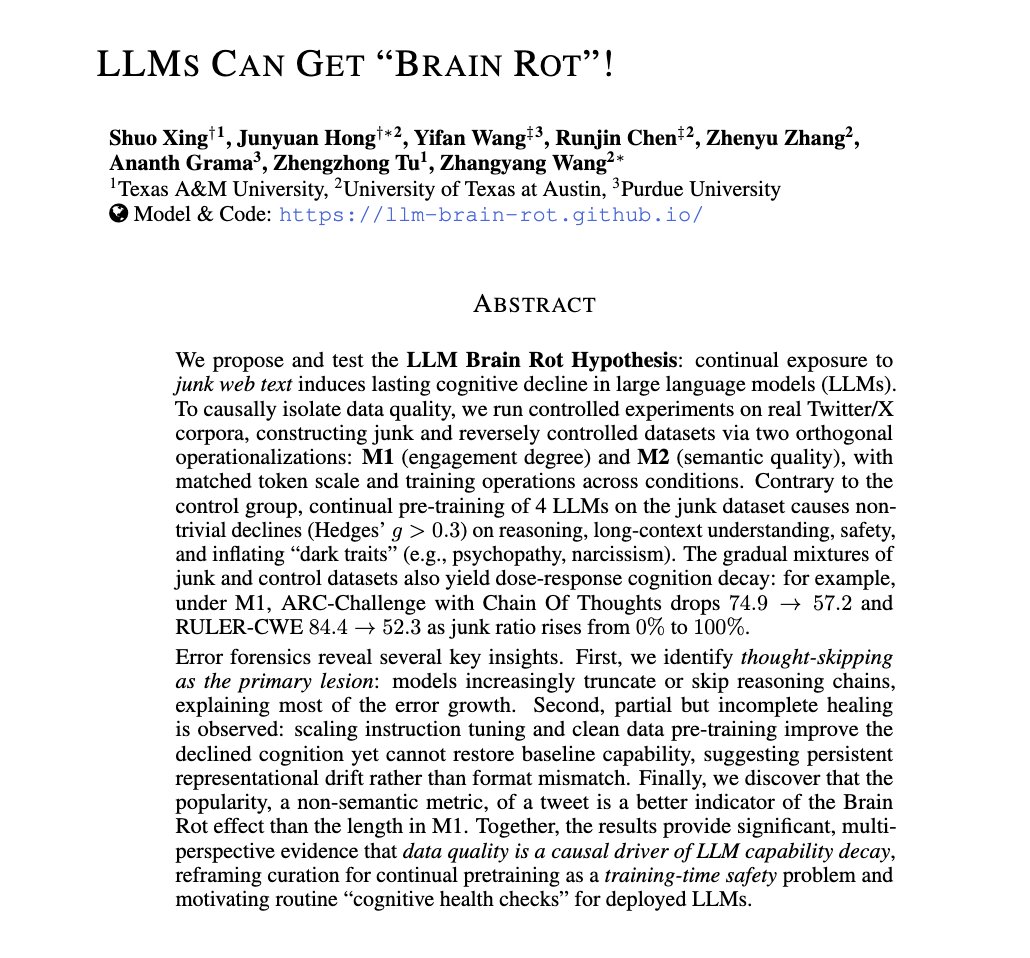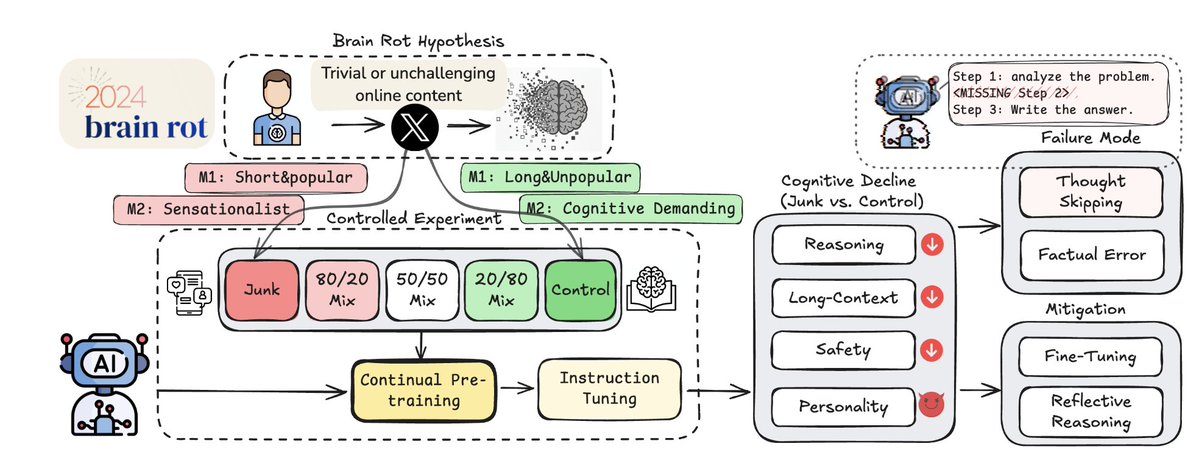OpenAI engineers don’t prompt like you do.
They use internal frameworks that bend the model to their intent with surgical precision.
Here are 12 prompts so powerful they feel illegal to know about:
(Comment "Prompt" and I'll DM you a Prompt Engineering mastery guide)
They use internal frameworks that bend the model to their intent with surgical precision.
Here are 12 prompts so powerful they feel illegal to know about:
(Comment "Prompt" and I'll DM you a Prompt Engineering mastery guide)
1. Steal the signal - reverse-engineer a competitor’s growth funnel
Prompt:
"You are a growth hacker who reverse-engineers funnels from public traces. I will paste a competitor's public assets: homepage, pricing page, two social posts, and 5 user reviews. Identify the highest-leverage acquisition channel, the 3 conversion hooks they use, the exact copy patterns and CTAs that drive signups, and a step-by-step 7-day experiment I can run to replicate and improve that funnel legally. Output: 1-paragraph summary, a table of signals, and an A/B test plan with concrete copy variants and metrics to watch."
Prompt:
"You are a growth hacker who reverse-engineers funnels from public traces. I will paste a competitor's public assets: homepage, pricing page, two social posts, and 5 user reviews. Identify the highest-leverage acquisition channel, the 3 conversion hooks they use, the exact copy patterns and CTAs that drive signups, and a step-by-step 7-day experiment I can run to replicate and improve that funnel legally. Output: 1-paragraph summary, a table of signals, and an A/B test plan with concrete copy variants and metrics to watch."
2. The impossible cold DM that opens doors
Prompt:
"You are a master closerscript writer. Given target name, role, one sentence on their company, and my one-sentence value proposition, write a 3-line cold DM for LinkedIn that gets a reply. Line 1: attention with unique detail only a researcher would notice. Line 2: one-sentence value proposition tied to their likely metric. Line 3: tiny, zero-commitment ask that implies urgency. Then provide three variations by tone: blunt, curious, and deferential. End with a 2-line follow-up to send if no reply in 48 hours."
Prompt:
"You are a master closerscript writer. Given target name, role, one sentence on their company, and my one-sentence value proposition, write a 3-line cold DM for LinkedIn that gets a reply. Line 1: attention with unique detail only a researcher would notice. Line 2: one-sentence value proposition tied to their likely metric. Line 3: tiny, zero-commitment ask that implies urgency. Then provide three variations by tone: blunt, curious, and deferential. End with a 2-line follow-up to send if no reply in 48 hours."
3. The negotiation script that wins salary and keeps respect
Prompt:
"You are an executive negotiation coach. I will give you role, current comp, target comp, and 2 strengths. Produce a 6-sentence negotiation script to deliver in a meeting: opening, 2 evidence bullets, counter to common objections, concrete ask with number range, and a polite close. Then add a 1-paragraph fallback plan if they push back, and three phrases to use to avoid sounding needy."
Prompt:
"You are an executive negotiation coach. I will give you role, current comp, target comp, and 2 strengths. Produce a 6-sentence negotiation script to deliver in a meeting: opening, 2 evidence bullets, counter to common objections, concrete ask with number range, and a polite close. Then add a 1-paragraph fallback plan if they push back, and three phrases to use to avoid sounding needy."
4. Viral controversy engine - create safe controversy that drives attention
Prompt:
"You are a controversy strategist who creates safe, constructive controversy. For topic [insert topic], produce 5 viral post ideas that feel controversial but avoid harassment, doxxing, or incitement. For each idea include: hook (tweet-length), one-line counterpoint to expect, and a damage-control reply template to use in replies. Also add one experiment to monetize the attention without looking predatory."
Prompt:
"You are a controversy strategist who creates safe, constructive controversy. For topic [insert topic], produce 5 viral post ideas that feel controversial but avoid harassment, doxxing, or incitement. For each idea include: hook (tweet-length), one-line counterpoint to expect, and a damage-control reply template to use in replies. Also add one experiment to monetize the attention without looking predatory."
• • •
Missing some Tweet in this thread? You can try to
force a refresh
















